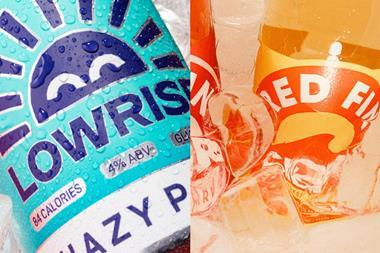
Many suppliers struggle to get traction with retailers. One reason is they lack strong enough retailer insight – a deep understanding of what their customer is trying to do and how they go about things. But retailer insight is just the first step. The second is to respond to the insight, by customising what you offer. So how can you go about customising your offer to fit each individual retailer?
First, offer a customised range. It’s easiest if you have considered your customer’s needs early enough in the innovation process to end up with something obviously ‘bullseye’ for them. For example, PepsiCo’s Off the Eaten Path brand was given exclusively to Sainsbury’s among supermarkets. But even if you don’t have something exclusive, you can still think about your whole range and pick from that what genuinely helps the retailer – the most appropriate variants, pack sizes and case sizes. Many companies fail to secure listings in convenience stores simply because of overly large cases, for which the retailer does not have storage space.
Second, offer customised marketing support. Understand the marketing toolkit offered by the retailer. Things like the store magazine, trolley advertising, A frames, car park banners, PA announcements and loyalty card mailings. Or specific charity events such as Comic Relief in Sainsbury’s or Tickled Pink in Asda. If you can find marketing options offered by retailers that make decent commercial sense for you, then take the opportunity and enjoy the additional softer benefit of being seen to engage. Also talk about your standard marketing (which you are doing anyway) but in a way that that is relevant to the retailer. Tell them how many of their customers will be reached by your media. Show them how your marketing message is of particular relevance to them.
Thirdly, customise your broader engagement with the retailer. Get the right people facing the right retailers. It is common to come across salespeople who have become specialists in certain grocers – because some people fit better than others with specific cultures. Then make sure you give your advice using language that is familiar. Does this retailer talk about ‘stores’ or ‘branches’? What acronyms do they use for types of profit? How do they talk about different customer segments or shopping missions and are you harnessing that same thinking in your category and insight advice?
This all boils down to a very simple principle. Customer first. Don’t start by thinking about what you want to sell. Start by thinking about what the customer (retailer) needs help with and therefore what they might want to buy. Few would disagree with the principle. Many would pay it lip service. But it is quite rare to see branded and own label companies fully living the principle.
True retailer traction requires great retailer insight but then a leap in imagination away from what suits the seller to what suits the buyer.



















No comments yet